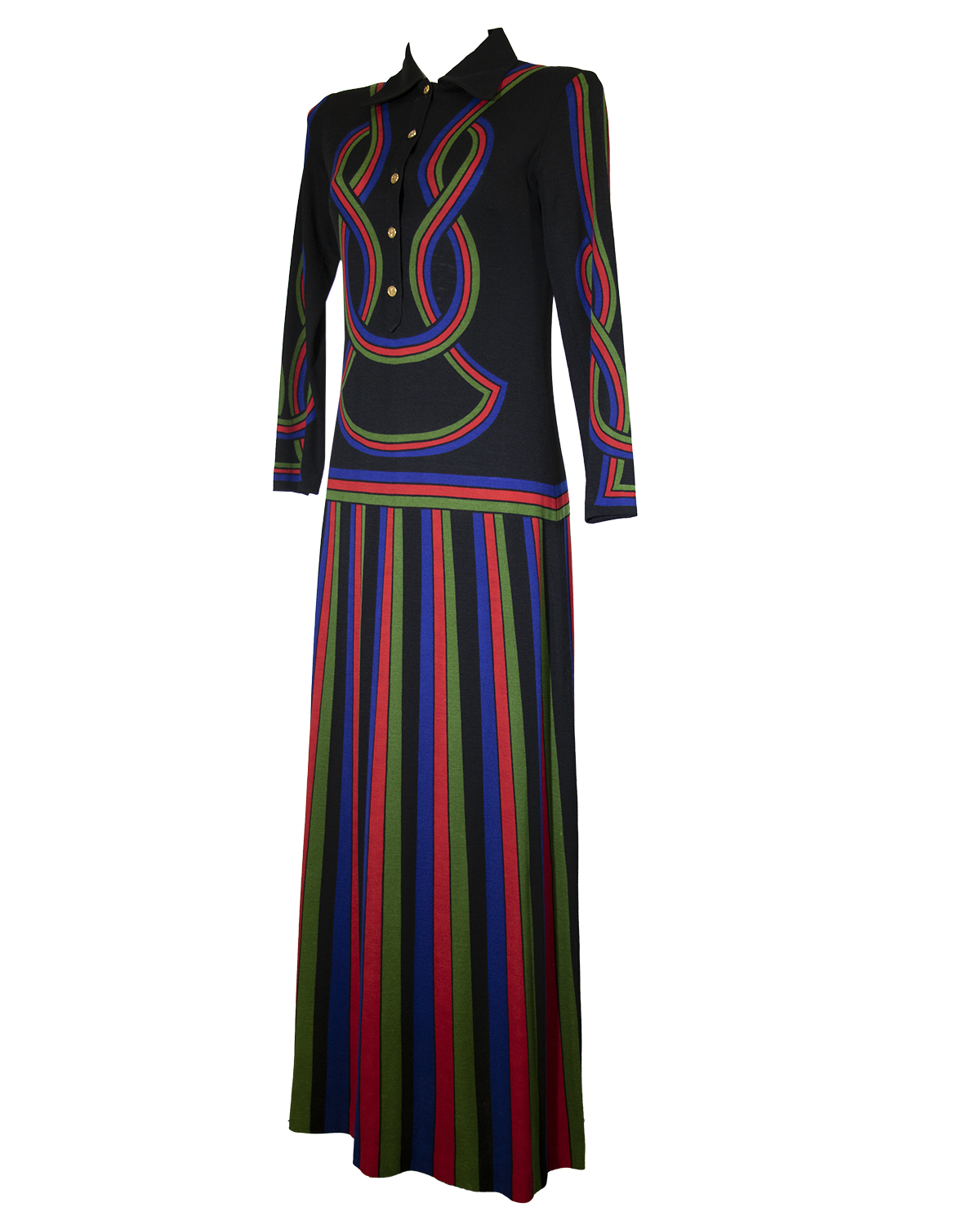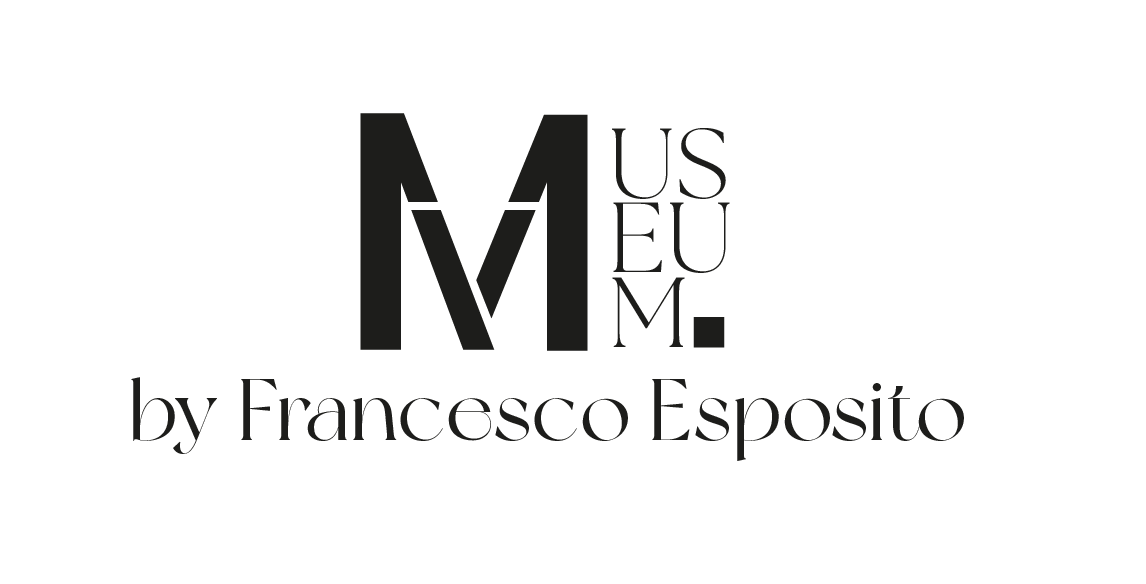Roberta di Camerino: the Queen Of Hollywood

The Real name was Giuliana Coen, but everyone knows her like Roberta di Camerino.
Giuliana relied on the extraordinary craftsmanship of Venice to create one of the only major brands in the region. This craftsmanship was mixed with the neo-baroque style that would become her famous hallmark. “Soprarizzo” velvets woven in the dark on ancient looms, until Roberta di Camerino was used only for ecclesiastical clothing and furnishings. For the first time they have been decoded with new colors for her creations. This was a big new in fashion system.

She said:
“Bags until then were strange objects. Too severe and without colors. There was only one rule to follow: the color of the bag must match with the color of the shoes. So I thought: what if I designed colorful and glamorous bags, that didn’t follow the rules anymore?”
Roberta di Camerino has acquired international fame for its production of fashion accessories and clothes, in particular suits with trompe-l’œil style motifs, belts, scarves and bags in velvet with green, red and blue compartments and embroidered in gold and coats of arms.

Let’s not forget that Giuliana had to flee to Switzerland because of the racial laws. It was right there that she started working on her bags.
She returned to the Venetian capital in 1945, she opened a small workshop in the Re-education Institute located at the Zitelle, reintegrating marginalized girls into the world of tailoring work.
A little over ten years later, in 1956 she was awarded the Oscar of fashion, the Neiman Marcus Award, while her first fashion show in the Sala Bianca of Palazzo Pitti in Florence dates back to 1963.
The seventies are marked by the conquest of numerous awards and by a commercial agreement with the giant Mitsubishi Corporation for the exclusivity of the company lines in Japan. At the end of the decade the turnover of the house amounted to twelve billion lire.

Maria Pezzi, in the book of memories A life in fashion, written with Guido Vergani, says:
“It was 1952. One September, in Venice. On the motorboat that went from the Hotel Europa to the Lido, Elsa Maxwell, the journalist who had made worldly gossip her job, was clutching a red and green velvet bag in her hands, a pretty trunk called Bagonghi and it belonged to Roberta di Changing room. The actress Eleonora Rossi Drago got on the Danieli pier with the same bag and, crossing another motorboat, the Hollywood gossip saw with spite another Bagonghi in a black and beige edition. I wasn’t surprised. I had been the first reporter to write about Giuliana and her success in America. I knew her story: her rich and happy youth in Venice; her escape with her husband from the Nazi roundups, she disguised as a nun, with her newborn son in her arms, he disguised as a priest and death on her heels; the first purse for herself, in a bucket, undoing an old purse; the “would you do it to me too?” of a lady from Lugano; the return home and the launch of the Roberta di Camerino, relying on the extraordinary craftsmanship of Venice, especially that of the gondolas for the closures and studs, the brass specialists; for velvets, the masters of digging into the fabric. Giuliana became “the dogaressa”.
